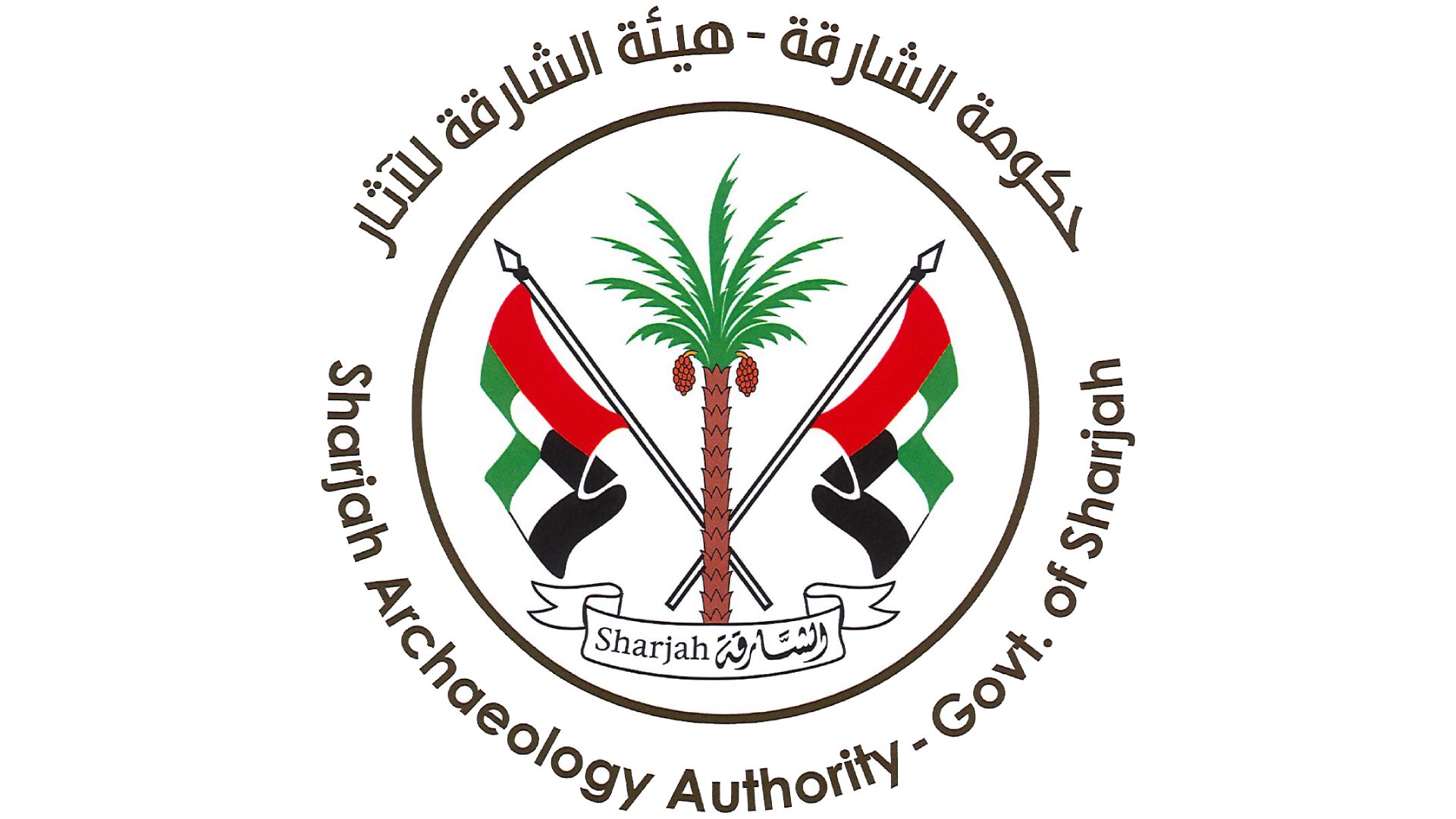Sharjah, 28th October 2020: Sharjah Archaeology Authority (SAA), recently organized a virtual lecture titled “Islamic manuscripts, tools, techniques and materials used in them,” moderated by Dr. Hassan Ali Hassan, specialist in manuscript restoration, Faculty of Archaeology, Ain Shams University in Cairo, Egypt.
The presentation was part of a series of weekly lectures organized by the authority, with the aim of raising awareness about restoration and maintenance of antiquities. Over 180 participants from within the region and overseas, interested to learn more about ancient manuscripts attended the lecture.
The lecture highlighted the significance of Islamic manuscripts in earlier days and explained the various paper making techniques; the inks used in writing manuscripts along with the binding procedures.
Dr. Hassan Ali said the origin of manuscripts and the details including the various compositions and languages still remain unclear among generations of specialists. Hence, it was important to explain as to how these materials were installed in order to better understand their preservation and restoration techniques.
He further explained that there are five basic areas in the study of manuscripts and antiquities. These include; the history of the manuscripts and artifacts, identification of the materials used, techniques in reconstruction, combining and adding materials to each other, examining the causes of damage to these manuscripts, along with maintenance and restoration. Also discussed were the steps involved in book making including, selection of paper, inks and secret inks, drawing and installation of manuscripts.
Dr Hassan said that one of the oldest kinds of paper was discovered in China and was later also discovered in Europe as well. He touched upon the specifications of Islamic paper and what distinguishes it from other paper in the Middle Ages.
He indicated that China began to manufacture paper sometime around 105 AD, from there moving to the Far East in Korea, then to Samarkand around 751 AD. Al-Fadl ibn Yahya under Harun Al-Rashid (170-193 AH, 786-809 AD) established the first paper mill in Baghdad. At the end of the 8th century AD, he moved from Baghdad to Levant later going to Egypt and from there to Africa, Spain, India and Iran, before going across the world at the end of the 13th century, eventually bringing it to Europe.
The Islamic paper, was basically all paper produced between the western borders of China to Spain, from the 8th century until the 17th century, when trading of paper took place from the east to west. Later in the 16th and 17th centuries, paper was said to have established in European territories.
Sharjah Archaeology Authority provides a platform to learn about the various aspects regarding the preservation of the local archaeological and heritage components, to align with the values and stature of the Emirate of Sharjah. They constantly apply a systematic work approach, in accordance with the latest international practices and pioneering standards, to ensure sustainability in preserving archaeological heritage for future generations to know.




